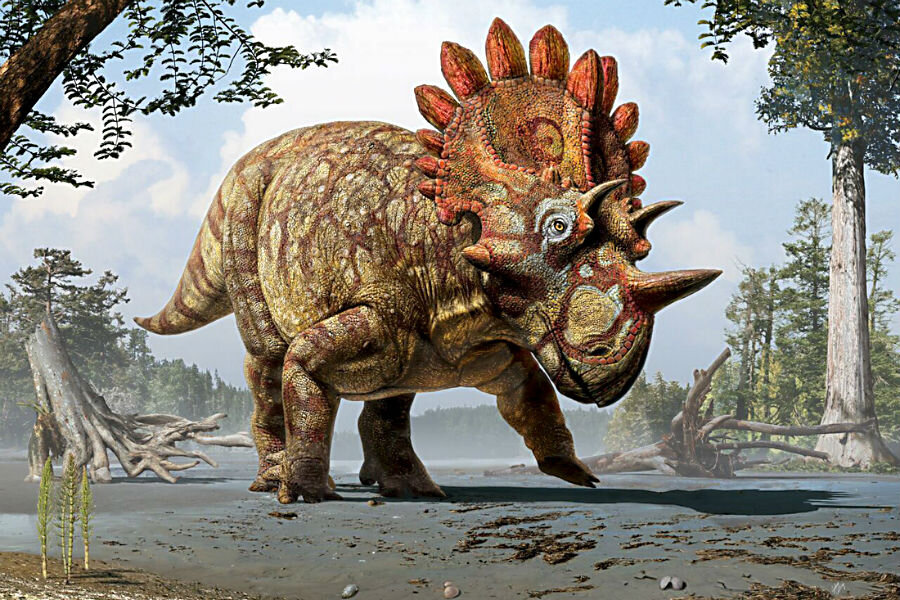Did something drive Cretaceous-era dinosaurs out of Europe?
Loading...
A new study mapping out Mesozoic Era dinosaur migration shows that while the terrible "lizards" of the time maintained worldwide family movement, they apparently fled the European continent for unknown reasons.
The study, headed by England's University of Leeds research fellow Alexander Dunhill and published in Journal of Biogeography, utilized a "global occurrence database" of dinosaur records ranging from the upper Triassic to late Cretaceous periods to paint a picture of how dinosaur families moved over that roughly 180-million-year span. The Paleobiology Database used by the scientists contains every known dinosaur fossil from around the world.
Researchers found that even after the breakup of Pangaea about 175 million years ago, dinosaurs continued to find massive land bridges and maintained migration throughout the newly shaped world – albeit at a slower pace than before the continental shift.
"We presume that temporary land bridges formed due to changes in sea levels, temporarily reconnecting the continents," Dr. Dunhill said in a University of Leeds release. "Such massive structures – spanning, for example, from Indo-Madagascar to Australia – may be hard to imagine. But over the timescales that we are talking about, which is in the order of tens of millions of years, it is perfectly feasible that plate tectonic activity gave rise to the right conditions for such land bridges to form."
Dunhill and his co-researchers came to the migratory conclusion after looking for records of the same dinosaur families across time and space; the same types of animals could be found on different continents in different generations, pointing to a pattern of movement around the world.
According to the University of Leeds, fossil records were filtered to count only the first dinosaur family connections in specific locations, eliminating potential bias for areas such as Europe, known for its long list of fossil findings, and less combed-over places elsewhere.
The study is also the first example of researchers using network theory to shed light on dinosaur movement.
Network theory, or the practice of using graphs to depict certain relationships, has previously been used to map social interactions or Internet trends. This dinosaur biogeographical study is the first application of the science relating to paleontology and dinosaur tracking, and could be expanded to be used in new fields as well.
"Network theory has been studied in physics for a number of years, however it is finally permeating into other disciplines," co-author James Scibberas said in the release. "This idea that most things can, and should, be considered in the context of the whole system will lead to some exciting new findings in a wide range of fields."
One of the key results of the cross-mapping study was the confirmation that dinosaurs continued to move about the world even after the continental split began. But one of the more surprising components to that discovery was the finding that Europe was home to a dinosaur exodus during the early Cretaceous; while dinosaur families poured away from the continent, none were migrating in.
Dunhill had no explanation yet for the pattern, although an incomplete fossil record could explain the transitory imbalance.
"This is a curious result that has no concrete explanation," he said. "It might be a real migratory pattern or it may be an [artifact] of the incomplete and sporadic nature of the dinosaur fossil record."






